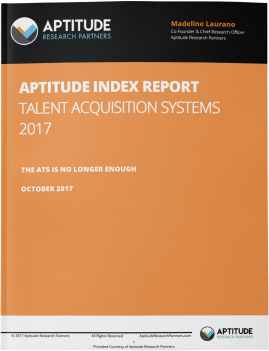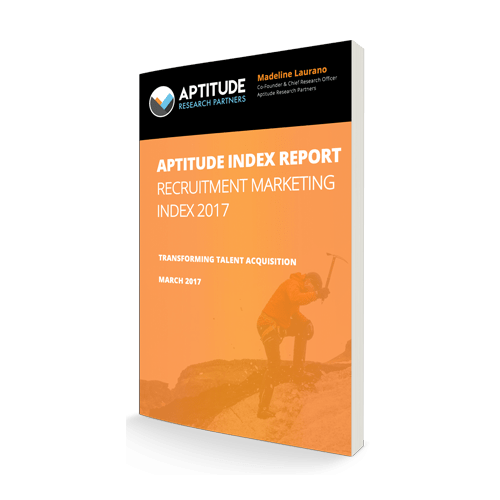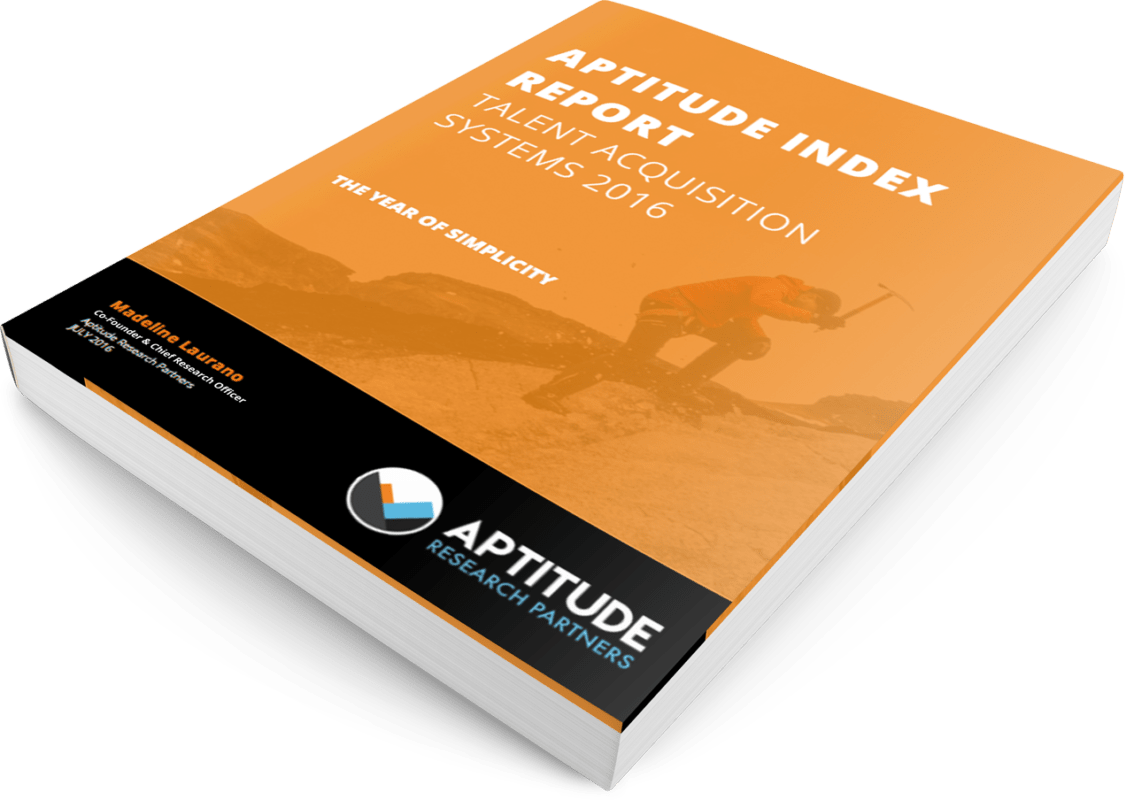We launched our talent acquisition survey last week and we have been busy analyzing the results. Forty percent (40%) of companies are increasing their headcount this year and as a result, talent acquisition leaders are looking closely at what strategies and technology they have in place. Background screening, internal mobility, candidate communication, and recruitment marketing are all recurring themes as we look at the early findings. Especially in high-volume industries such as retail and hospitality, organizations need solutions that will help them quickly identify quality hires and provide a more meaningful candidate experience.
We have lots of new research and data we will be publishing over the next few weeks but here is a sneak peek at some of the early findings:
Background Screening Has the Greatest Impact on Quality of Hire: Over 50% of companies said that background screening solutions have the greatest impact on quality of hire. Screening solutions help organizations make better decisions around the talent they are bringing into the organization. Most companies are investing in criminal background checks as well as verification of employment and education. Over 60% of companies view screening as so strategic that they are moving it up in the process.
LinkedIn is Losing Some Love: Companies are still leveraging LinkedIn and identify it as top area of investment for the next year. But, some companies are beginning to question the value of the tech giant. One in 5 companies that use LinkedIn do not believe it is effective at sourcing passive candidates. One in 4 companies that use LinkedIn believe it is too expensive and are unsure about alternative sourcing solutions.
Candidate Communication is Still Immature: It is the most basic area of talent acquisition. Yet, most companies still fall behind in their ability to communicate effectively with candidates. Only 11% of companies are providing transparency on the status of the application (a significant decrease from 32% in 2017) and only 24% of companies are providing candidates with information relevant to the job.
ATS and Recruitment Marketing: More companies are looking at the value of one provider for recruitment marketing and ATS. One in 4 companies use a single provider for both and these providers cited a consistent experience, bundled pricing, and integrated data as major drivers for investing in end-to-end talent acquisition. We are expecting to see an acquisition or two in the recruitment marketing space in the next year or two.
Yes, we have lots of data on AI, GDPR, Blockchain and all the other trends you might expect in talent acquisition. If you would like to schedule some time to talk through our early findings, we would love to hear from you!








